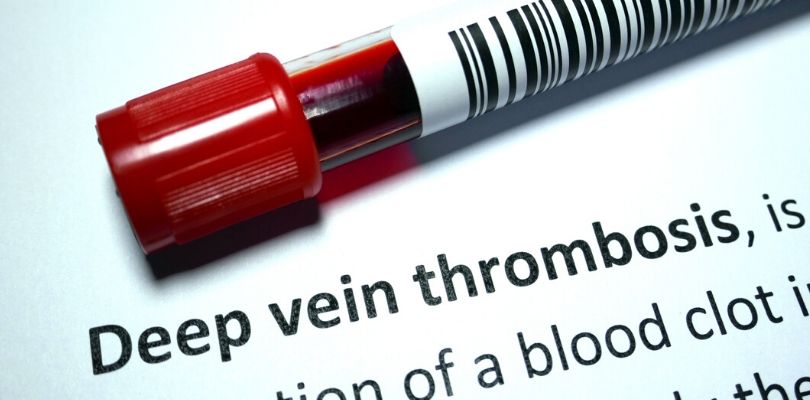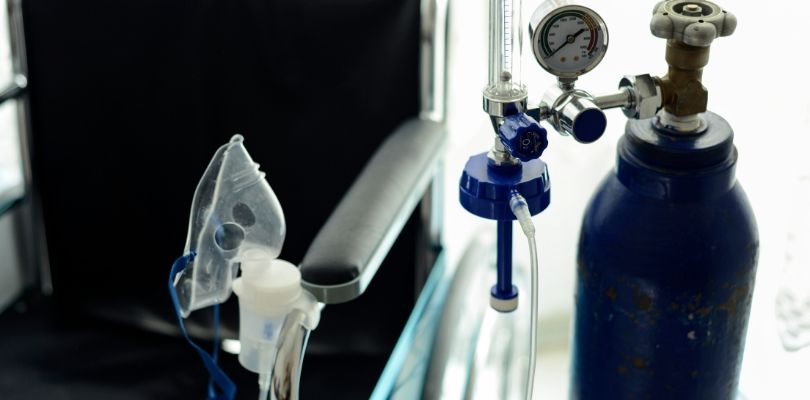Dyslexia in Children and Adults
As many as 20 percent of the people in the U.S. have a learning disability impacting their language skills. Out of these learning disorders, dyslexia is the most common condition with about five percent of the population having the condition.
People are familiar with the term dyslexia, but they may lack a thorough understanding of what the condition is, how it affects people, and what can be done to minimize the impact. Though dyslexia can be scary, it can be successfully treated to create an opportunity for success throughout life.
What Is Dyslexia?
Dyslexia is a “language-based learning disability.” People with dyslexia find it challenging to read effectively and to comprehend what they read.
Dyslexia will also cause problems with accurately spelling words and writing. People with dyslexia will perform poorly in these tasks, but dyslexia is not a sign of low intelligence.
In fact, people with dyslexia are frequently intelligent and creative people with Leonardo da Vinci and Thomas Edison as examples.
Symptoms of Dyslexia Across the Lifespan
No matter your age, you can be impacted by dyslexia. Symptoms of dyslexia will shift and progress during the person’s life with different signs emerging at various points. Remember, not every person will have every symptom of dyslexia.
Preschool Dyslexia Symptoms
Common dyslexia symptoms in preschoolers include:
- Late speech development
- Problems pronouncing words
- Issues with rhyming words
- Trouble learning shapes, colors, and writing
- Difficulty telling and retelling stories
Grade School Dyslexia Symptoms
Common dyslexia symptoms in grade school students include:
- Reading problems
- Confusing and interchanging letters
- Writing words or letters backward
- Avoids reading, especially aloud in class
High School Dyslexia Symptoms
Common dyslexia symptoms in high school students include:
- Poor reading
- Trouble learning a foreign language
- Problems summarizing information in writing
- Frequent spelling mistakes like spelling the same word many different ways
The primary benefits of pilates go from improving posture, increasing muscle tone and strength to boosting energy levels.
Adult Dyslexia Symptoms
Common dyslexia symptoms in adults include:
- Issues reading and spelling
- Aversion to reading and tasks with writing
- Strong memory
- Better than average spatial awareness with skills in art, design, math, or engineering
In all of these situations, the dyslexia symptoms are not better explained by another condition or a temporary situation in the person’s life.
What Causes Dyslexia?
Unfortunately, the cause of dyslexia is not explained easily because it is not understood fully. There seem to be structural and functional differences in the brains of people with dyslexia compared to those without the condition.
There is not only one part of the brain affected by dyslexia. Instead, there are many regions on the left side responsible for controlling reading, verbal memory, and spoken language.
There could also be a genetic or hereditary link with dyslexia. People with many close family members who have the condition are more likely to have dyslexia themselves.
Remember that dyslexia is not caused by a lack of intelligence or by laziness. Dyslexia is a learning disorder that hinders a person’s reading, writing, and spelling skills.
Adult Onset Dyslexia and Dementia
Dyslexia is commonly thought of as a condition of childhood, but there are some different types of dyslexia in adults. Some people will not receive a diagnosis of dyslexia until adulthood, even though the symptoms have been present since early childhood.
Other people will have adult-onset of dyslexia due to a significant brain injury or dementia. The symptoms and treatment of this dyslexia could vary compared to others who have always have the condition.
Dyslexia Treatment Options
With dyslexia, early diagnosis and treatment lead to better outcomes. Though even older adolescents and adults can learn to read, better progress and quicker progress happen with early detection.
Children identified with dyslexia in kindergarten or first grade have fewer reading problems later in life. If the dyslexia is noted in third grade or later, the person will be more likely to struggle with language skills more than other kids their age.
Dyslexia is not a disease that doctors can cure, but effective treatments make a difference. If you or a loved one have dyslexia, consider appropriate treatment options like:
- A thorough evaluation and educational plan from the school complete with modification to assist with learning and language acquisition
- One-on-one instruction from an expert in the field
- A reading program that emphasizes the links between verbal and written communication
- An approach that incorporates multiple senses including:
- Seeing
- Hearing
- Moving
- Speaking
- Touching
- Multimedia learning with videos, audio tracks, or interactive apps
Noting and Treating the Mental Health Impact
Dyslexia affects reading and writing, but it also affects mental health. The condition can make kids feel like they are inferior to their friends leading to sadness, anger, shame, and low self-esteem.
If the mental health consequences are in place, the educational treatment might stall. Because of this impact, any person being treated for dyslexia should be screened for mental health concerns and treated with:
- Education about dyslexia, its effects, and likely outcomes to lower shame and the perception of stigma
- Plenty of reinforcement and encouragement for hard work and positive strides
- Activities meant to showcase the individual’s strengths and abilities
Dyslexia presents a significant barrier to a person’s education, but it can be conquered. With early assessment, intervention, and attention to the mental health effects, dyslexia will be defeated.







